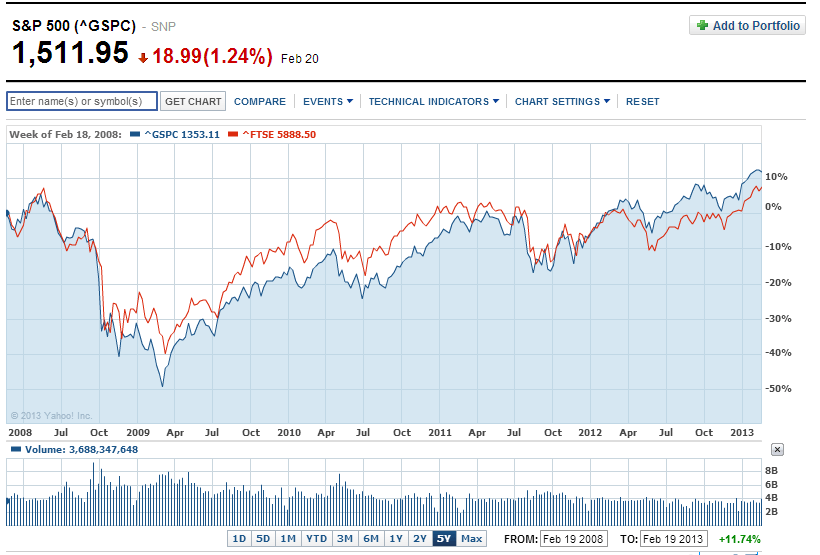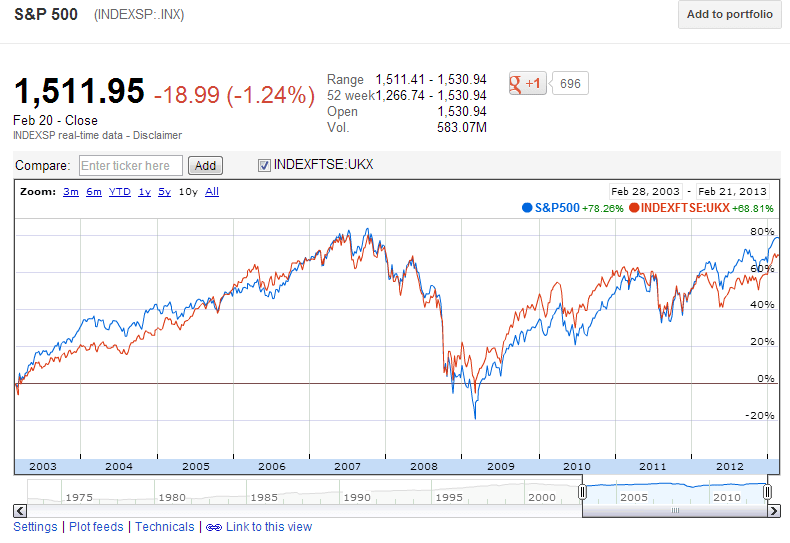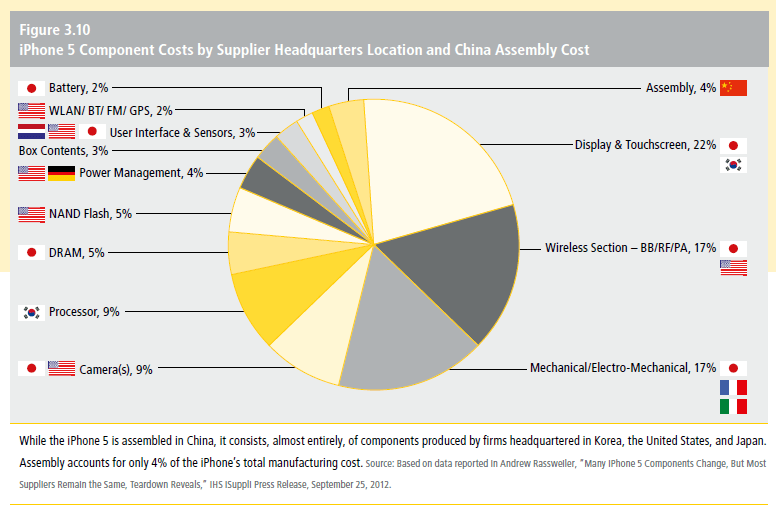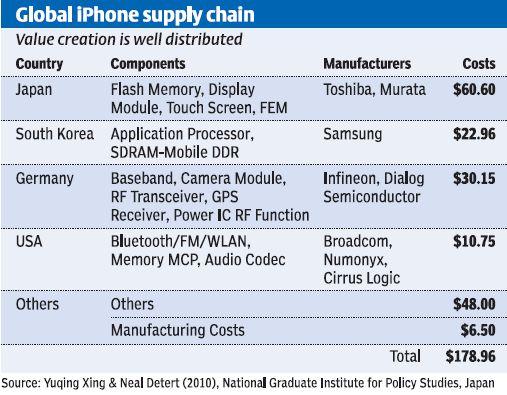Greek yogurt was introduced to the U.S. market 15 years ago by Fage, the Athens-based privately-held yogurt company according to a recent article in Bloomberg BusinessWeek. Since then Greek yogurt held a small share of the multi-billion dollar yogurt market in the country. However in the past few years that has changed with consumers buying Greek yogurt more and more as they became health-consicous. In addition, the success of Chobani, a new Greek yogurt brand founded by Turkish immigrant Hamdi Ulukaya has made Greek yogurt a household product today. From working moms to high school teenagers to senior citizens, Greek yogurt has become a modern-day craze.
From At Chobani, the Turkish King of Greek Yogurt in Bloomberg BusinessWeek:
Chobani has made Ulukaya a billionaire, according to Bloomberg data. Five years ago Chobani had almost no revenue. This year, the company will sell more than $1 billion worth of yogurt, says Ulukaya, who’s the sole owner. Once a niche business, Greek yogurt now accounts for 36 percent of the $6.5 billion in total U.S. yogurt sales, according to investment firmAllianceBernstein (AB). Upstate New York, with its 28 plants owned by Chobani, Fage, Yoplait maker General Mills (GIS), and others, has become something like the Silicon Valley of yogurt.
The Top Four Greek Yogurt Brands in the U.S. are shown in the chart below:
Click to enlarge
xxx
Source: At Chobani, the Turkish King of Greek Yogurt in Bloomberg BusinessWeek
Fage is a private company based in Greece and sells its products in many countries including the US, Greece, Italy and Germany.
Yoplait Greek brand is owned by General Mills (GIS). France-based Danone SA(DANOY) owns the Dannon brand. It is truly amazing to see that Chobani now holds 40% of the market share.
Disclosure: Long GIS




